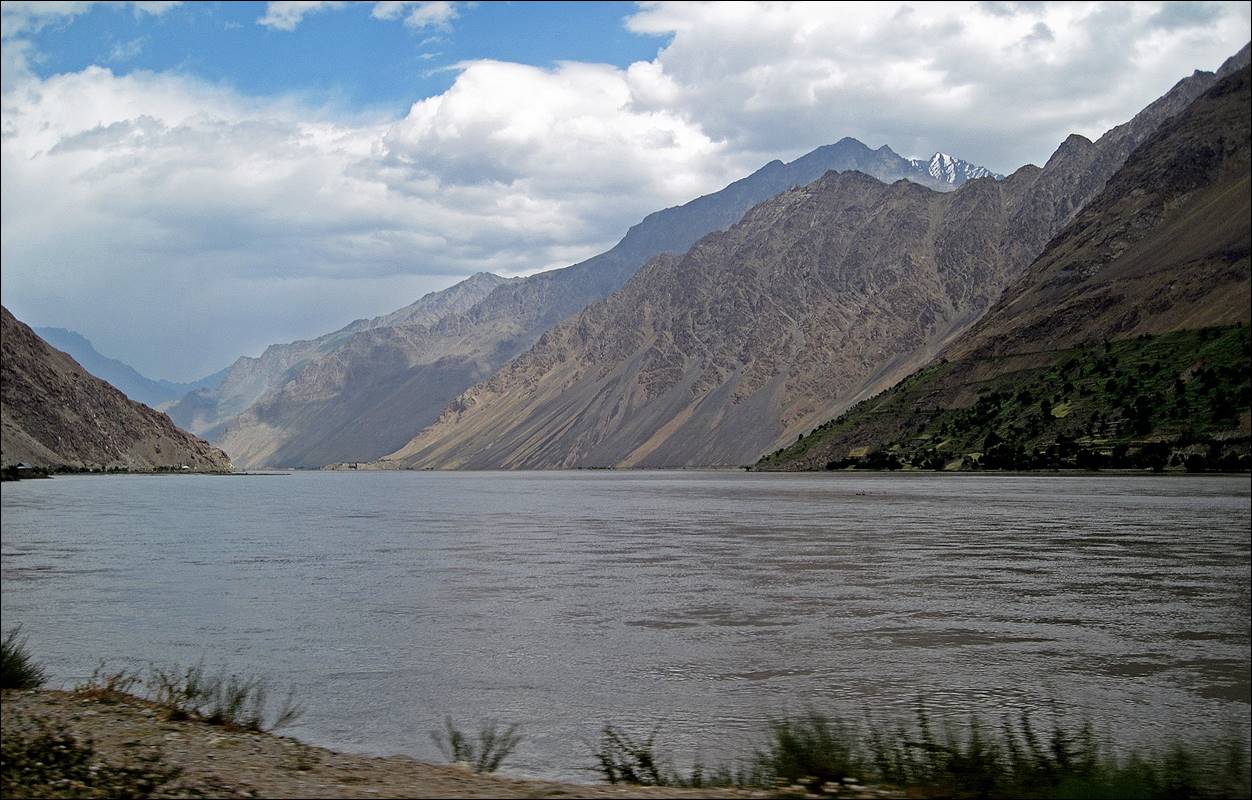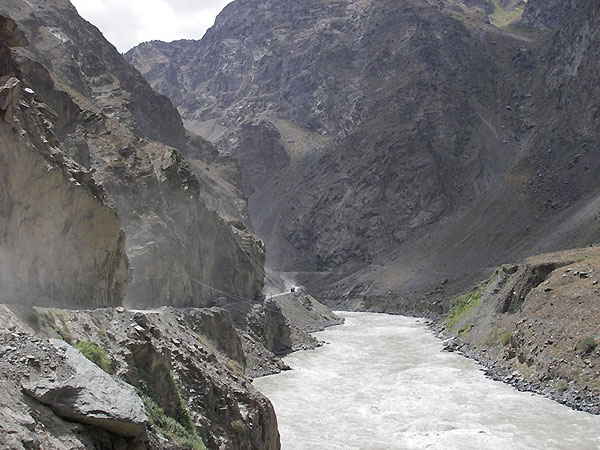Panj River

The Panj River, gracefully winding through the rugged landscapes of Central Asia, is more than a watercourse—it is a living chronicle of the diverse cultures that have flourished along its banks for centuries. Beyond its crystal-clear waters lies a profound cultural significance, etched into the very soul of Central Asia. In this exploration, we unravel the cultural importance of the Panj River, tracing historical narratives, Silk Road legacies, and vibrant heritage that make it a cultural epicenter in the vast expanses of Central Asia.
1. Silk Road Connections: The Panj as a Historical Trade Route
The Panj River, as a key tributary of the Amu Darya, played a pivotal role in the Silk Road trade network, fostering cultural exchange and influencing the region’s heritage.
Trade Caravans and Cultural Exchange:
The Panj served as a natural border between empires and civilizations, allowing for the exchange of goods, ideas, and cultures. Merchants, scholars, and artisans traversed its banks, leaving an indelible mark on the cultural landscape.
Historical Trade Routes:
Tracing the historical trade routes along the Panj unveils a tapestry woven with the threads of Persian, Turkic, and Central Asian cultures. Cities like Khorog and Ishkashim stand as living testaments to the Silk Road’s influence on the region.
2. Ethnic Diversity: A Melting Pot Along the Panj River
The Panj River Valley is home to a mosaic of ethnicities, each contributing to the rich cultural diversity that characterizes the region.
Tajik Cultural Influence:
Tajik communities along the Panj River have preserved their unique cultural heritage, evident in their language, music, and traditional celebrations. The river serves as a cultural lifeline, sustaining traditions passed down through generations.
Wakhi and Pamiri Communities:
The Wakhi and Pamiri communities, residing in the upper reaches of the Panj, add layers to its cultural tapestry. Their distinct languages, architectural styles, and folk traditions reflect the diversity thriving along the river.
3. Architectural Marvels: Heritage Embodied in Structures
The architectural heritage along the Panj River reflects the confluence of various cultural influences, resulting in unique and captivating structures.

Historic Forts and Mosques:
Forts and mosques along the Panj River stand as architectural marvels, blending Persian, Islamic, and Central Asian styles. These structures are not merely monuments but living expressions of the cultural fusion that defines the region.
Pamiri Vernacular Architecture:
The traditional homes and structures of the Pamiri people contribute to the architectural charm along the upper Panj. Intricate woodwork, vibrant colors, and distinct designs showcase the unique identity of this cultural group.
4. Cultural Festivals and Traditions: Celebrating Diversity Along the Panj
The Panj River region hosts a myriad of cultural festivals and traditions that celebrate the diversity of its heritage.
Nowruz Celebrations:
Nowruz, the Persian New Year, is celebrated with fervor along the Panj. Festivities include communal feasts, traditional music, and dance, creating an atmosphere of joy and unity.
Pamiri Events:
Local events in Pamiri communities along the upper Panj showcase traditional dances, music, and rituals that connect residents to their cultural roots. These events offer a glimpse into the rich cultural heritage of the region.
5. Environmental Stewardship: The Cultural Connection to Nature
The cultural importance of the Panj extends beyond human activities to the relationship between local communities and the natural environment.
Agricultural Practices:
Communities along the Panj have developed sustainable agricultural practices, aligning with the rhythms of the river. Terrace farming and traditional irrigation methods reflect a cultural ethos deeply connected to the land.
Conservation Initiatives:
Contemporary efforts along the Panj focus on preserving the natural beauty of the river and its surroundings. Environmental conservation is intertwined with cultural preservation, reflecting a holistic approach to heritage.
Conclusion:
The Pan, with its meandering waters and panoramic landscapes, stands as a testament to the enduring harmony between nature and culture in Central Asia. It is a living canvas upon which the stories of trade, diversity, architecture, and environmental stewardship have been painted over centuries.
As we navigate the currents of the Panj’s cultural tapestry, we discover a profound legacy that continues to shape the identity of Central Asia. The river’s cultural importance is not a relic of the past but a dynamic force that flows through the veins of the communities along its banks, inviting us to immerse ourselves in the captivating symphony of heritage.
Know More about Panj River.
What are The Religious Places of Panj River?
When Did The Panj River Basin Become a Focus?
Where is The Panj River Located?
Who Were The Key Historical Figures and Civilizations of The Panj River?
How to Reach Panj River?




